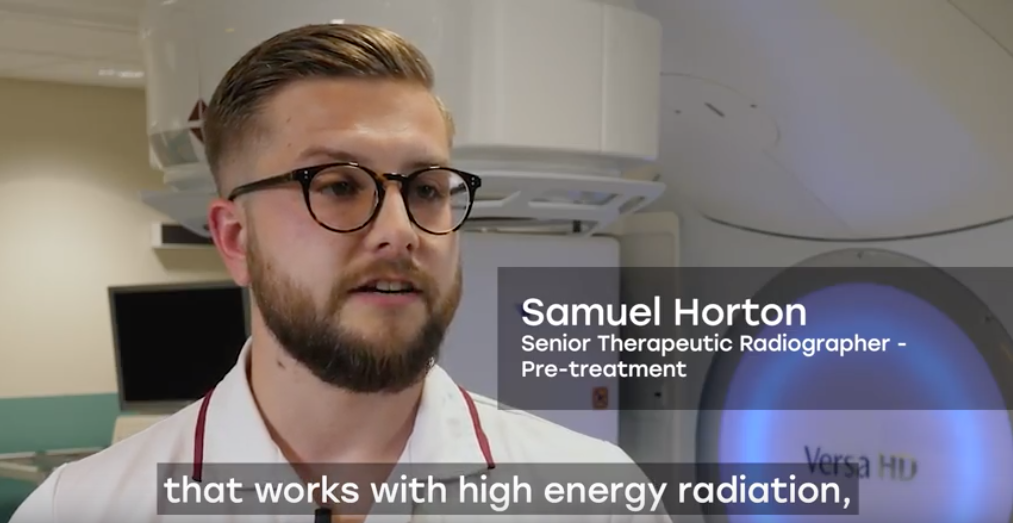A research project at Sheffield Hallam University (SHU) to understand the barriers to recruiting more males to train as therapeutic radiographers has come up with a range of innovative solutions.
Less than one in five radiographers involved in cancer treatment are men and the research project led by Jo McNamara, senior lecturer and admissions tutor, and Julie Nightingale, professor of diagnostic imaging education, sets out a recruitment strategy to target a male audience:
- School outreach to include physics and mathematics students, as well as traditional approaches where pupils are studying biology and health and social care courses.
- Recruitment language and terminology to include leadership attributes (decision-making, problem-solving, saving lives).
- Emphasise a sustainable career - working hours, pension, salary at entry, and career progression opportunities.
- Recruitment media needs to be suitable for different audiences and platforms, such as Prezi, wall and e-posters, videos, tablet and phone appropriate materials.
- Start awareness-raising of the profession much earlier and use age-appropriate language ('killing cancer with big laser guns!').
- More male role models at recruitment events.
“We have been able to produce all new marketing resources, a school and college engagement toolkit, and a recruitment strategy to target year 10s and 11s," Jo McNamara said.
"This strategy will be disseminated to our other professional courses where recruitment is an issue, and specifically the recruitment of male students, other higher education institutions, and the Society of Radiographers.”
Jo continued, “Increasing male recruitment would impact positively on the workforce and represent the demographic of patients within the population. For example, a high proportion of the radiotherapy workload involves the management of prostate cancer patients, with 47,151 cases of prostate cancer being diagnosed each year, of which almost a third have radiotherapy as their primary treatment.
"Fingers crossed we shall see more male students starting on courses in the next couple of years!”
SHU have developed the following resources:
